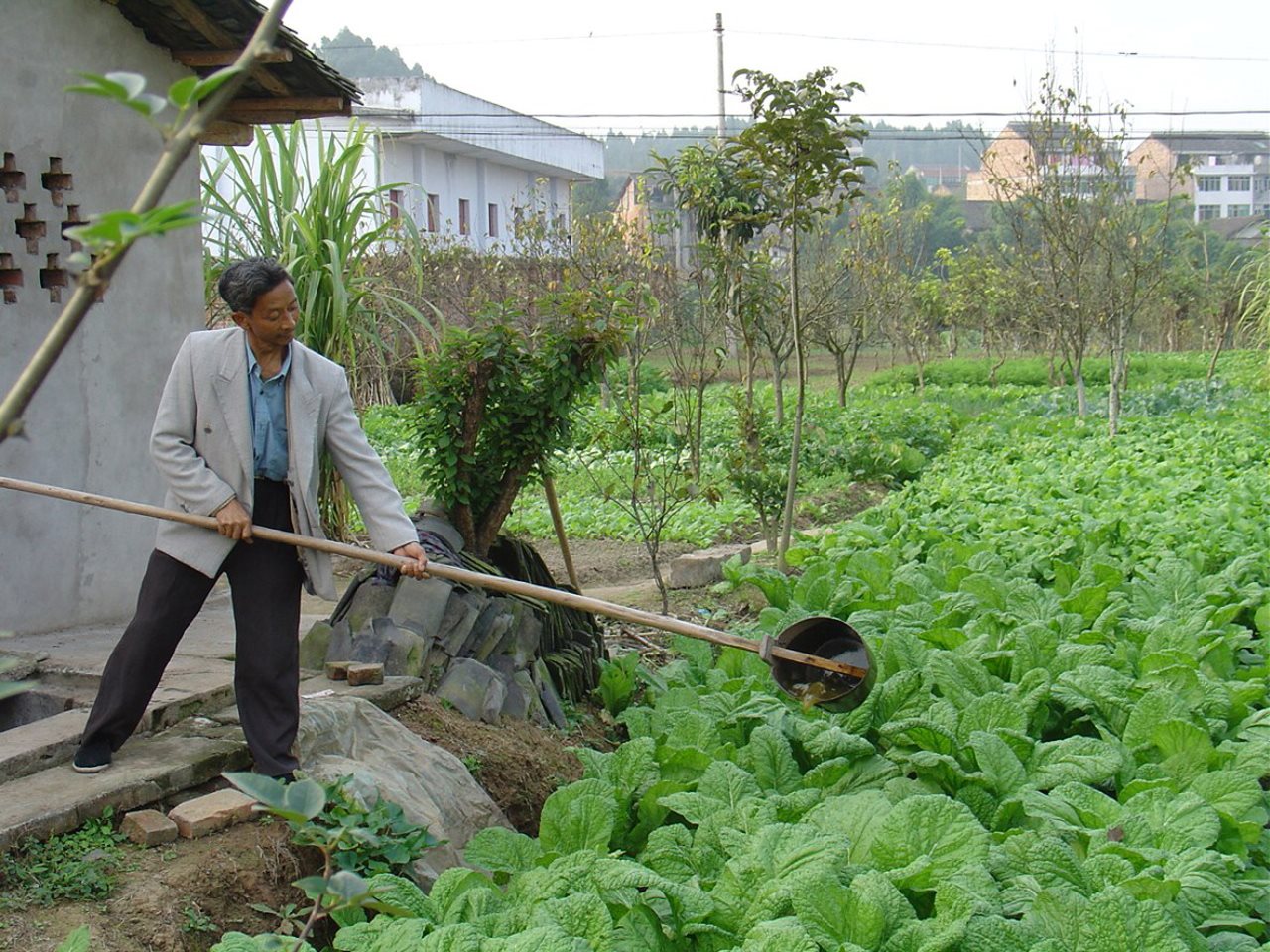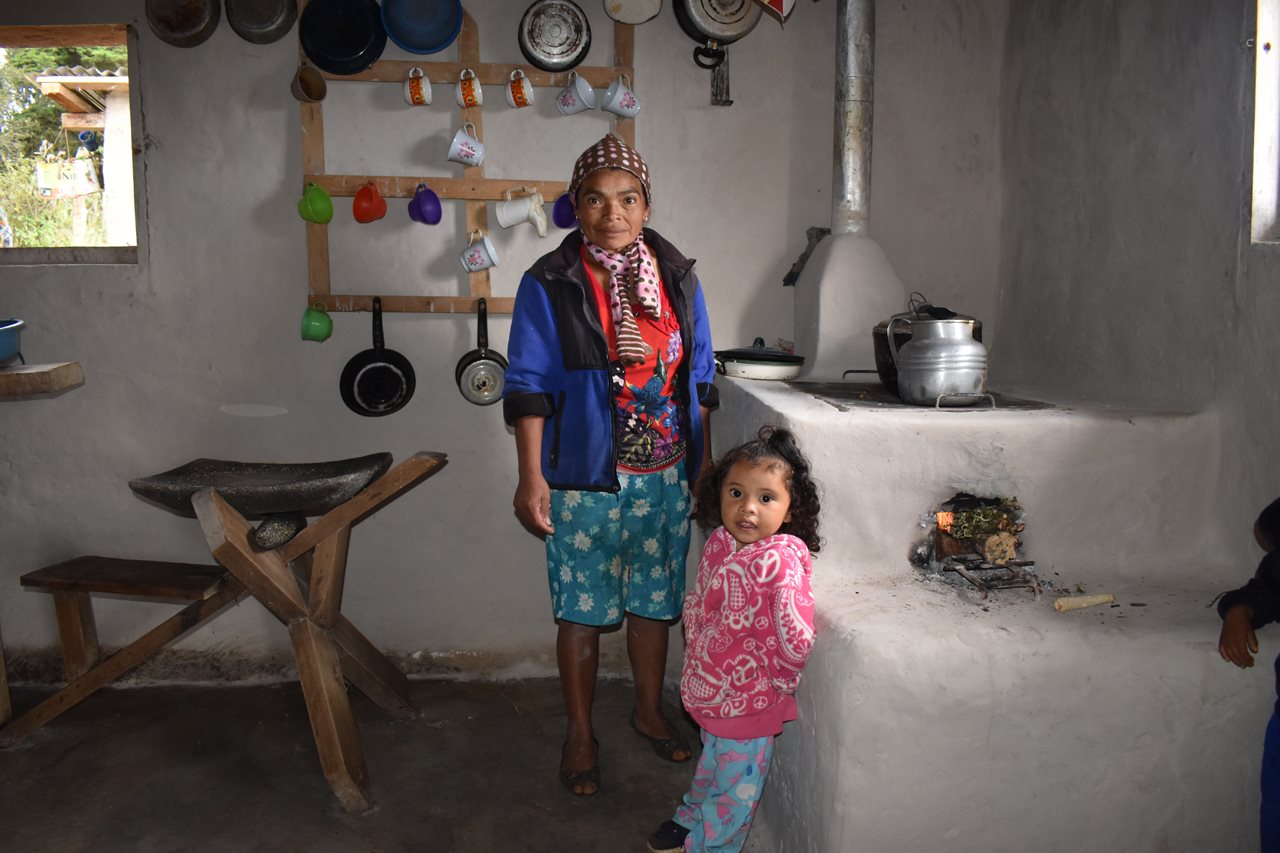5 Carbon Projects Making a Real Impact in 2022

(BPT) - Funds from the sale of carbon credits are helping to preserve grasslands, one of the most endangered ecosystems on the planet, in Montana.
Climate-related policies and sustainability efforts are on the rise - and for a good reason. Since 1970, carbon dioxide emissions have increased about 90%, contributing to rapid climate change across the globe, according to the U.S. Environmental Protection Agency.
To help reduce impact on the environment, many organizations are taking the necessary steps to reduce their carbon footprint and investing in high-quality carbon credits. These credits support carbon-reducing projects around the globe and help compensate for remaining emissions that cannot be reduced. Cool Effect is a non-profit dedicated to reducing carbon emissions around the world by raising interest and funding for the world's highest-quality carbon projects.
In honor of Earth Month, here is a roundup of carbon projects that are verifiably reducing carbon emissions and creating real change in communities around the world, reinforcing the good on the ground.
1. Building biogas digesters
A biogas digester uses the action of anaerobic bacteria in an enclosed environment to break down animal and human waste to create and capture methane gas that would otherwise be emitted into the atmosphere. The captured gas can then be used for cooking. Capturing gas from waste avoids the burning of coal or wood, which emits carbon into the atmosphere. The Cooking with Gas project in China will reduce roughly 10 million tonnes of carbon dioxide equivalent emissions by providing 400,000 farming households with installation, maintenance, and repair of biogas digesters.

A farmer in rural India applies an organic fertilizer, a byproduct of the biogas digestion process, to improve crop quality.
2. Protecting grasslands
Over 500,000 acres of grasslands were lost last year to farmland. As the most endangered ecosystem on the planet - according to the International Conservation of Nature - grasslands need protection. In fact, about 30% of greenhouse gas emissions are caused by land-use change and degradation. Unlike trees that store most of the carbon in their leaves and branches, grasslands store most of the carbon below ground in their roots. When grasslands are tilled, the root structure is ripped up and all the carbon stored in their roots is released. Cool Effect is working to protect grasslands in Montana and is encouraging other landowners to follow suit.
3. Planting along shorelines

Local community members in Myanmar work to plant mangroves along shorelines to capture carbon.
Mangroves are tropical plants that adapt to wet soil, a balanced combination of fresh and salt water, and being submerged by tides. There are 120 countries with mangrove forests, all in danger of extinction. Although mangroves account for only 0.7% of the Earth's tropical forest areas, they mitigate up to five times more CO2 than terrestrial trees and are among the world's most productive and important ecosystems. They fight adverse effects of sea-level rise and protect lives and homes in vulnerable coastal areas from natural disaster, flood, and sea water inundation from storms, cyclones, and other extreme weather. They improve habitats for small fish and crustaceans and help filter harmful pollutants from land, among other benefits.
In Myanmar, a Blue Carbon initiative is also helping to fund social benefits in communities through the Sea of Change program supported by Cool Effect.
4. Constructing clean cookstoves
Using clean cookstoves helps avoid the inefficient burning of charcoal or wood to provide more complete combustion and cleaner indoor air. This reduces fuel use, and saves both time collecting and money needed to purchase it. In Honduras, the Breath of Fresh Air project is building these cookstoves in rural homes to protect miles of local forests and eliminate toxic smoke from households.

Local families in Honduras are now protected from toxic emissions thanks to clean cookstoves.
5. Forest conservation
Forest preservation and conservation efforts help protect forests around the world, contributing to emissions reduction, ecosystem protection and increased storage of carbon dioxide as biomass. The Seeing the Forest for the Trees project in Mexico uses funding from the sale of carbon credits to incentivize community residents to get involved in preserving and growing the biomass in their local forests, while supporting local families by providing clean water, creating community centers, improving family incomes, and more.

Local project members clean the forest floor to create a fire brigade for forest protection.
A single action can have a global impact, and investing in the highest-quality carbon projects that have been third-party audited ensures they contribute to carbon emissions reductions around the world. To download an infographic to better understand the lifecycle of a carbon project, and to learn more about how you can incorporate carbon-reducing projects into your climate action plan, visit https://www.cooleffect.org/about-us/cool-effect-model.
April 18, 2022
